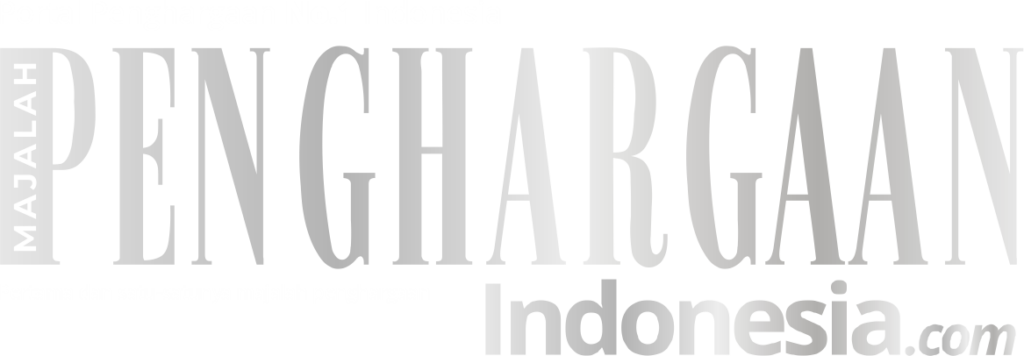China is preparing to enact sweeping economic measures in 2025 as part of a broader strategy to address persistent domestic challenges and counter growing external pressures. The Politburo, the Communist Party’s top decision-making body, has outlined plans for an “appropriately loose” monetary policy coupled with a more aggressive fiscal approach, aiming to invigorate growth through enhanced consumption and domestic demand. These policy shifts, announced via state media Xinhua, underscore a renewed commitment to economic stability while fostering progress amid uncertainty.
The announcement comes on the eve of the Central Economic Work Conference, an annual event that sets the country’s economic priorities and targets. With an ambitious agenda to stimulate economic activity, stabilize key markets, and bolster consumption, China’s leadership is sending strong signals of its resolve to maintain momentum in the face of external headwinds, including looming U.S. tariff threats under President-elect Donald Trump.
China’s economic strategy emphasizes the principle of “progress while maintaining stability,” a balancing act that reflects its dual focus on short-term recovery and long-term resilience. The Politburo’s call for an “appropriately loose” monetary stance signals a marked departure from the cautious policies of the past decade, aiming to address immediate economic pressures through targeted interventions.
Market reactions to these announcements have been swift and positive. The Hang Seng Index in Hong Kong surged 2.8%, reaching its highest level in a month, while Chinese government bonds rallied on expectations of greater monetary flexibility. Such movements highlight growing investor optimism about Beijing’s policy intentions.
Economic challenges have underscored the urgency of these measures. While China is likely to achieve its 2024 growth target of around 5%, sustaining that pace in 2025 poses significant difficulties. The property market crisis has strained consumer confidence, while export-reliant industries face mounting risks from global trade tensions. Recent monetary easing measures, including a 1 trillion yuan ($140 billion) liquidity injection and interest rate cuts, have provided some relief, but a broader policy overhaul is required to ensure continued growth.
The leadership’s emphasis on expanding domestic demand reflects a recognition of the need to shift from an overreliance on manufacturing and exports to a more balanced economic model. Calls for consumer-focused policies have grown louder, with economists urging stronger financial support for low-income households and comprehensive reforms to tax, welfare, and regulatory frameworks.
Meanwhile, China’s Finance Minister Lan Foan has signaled forthcoming fiscal stimulus measures aimed at countering deflationary risks and mitigating the impact of potential U.S. tariffs. These measures are expected to complement existing efforts to stabilize municipal finances and support infrastructure development.
Despite these challenges, China’s success in emerging industries such as electric vehicles, renewable energy, and battery production demonstrates its capacity to innovate and compete on the global stage. These advancements have not only buoyed the domestic economy but also strengthened its strategic position internationally.
As Beijing refines its policy toolkit, the focus on balancing immediate recovery efforts with long-term structural reforms will be crucial in navigating a volatile economic landscape. The Politburo’s bold stance for 2025 reflects a determination to harness both fiscal and monetary levers to propel China into a more resilient economic future.









